Reaching new peaks with Adventure Travel: Practical Caribbean Examples
2017-07-31Let’s face it. You and I both know the Caribbean has a lot more to offer than sun, sand, and sea. But do our visitors know it? The truth is, not many of them do. As we continue to focus our efforts on changing this perception, one area worth exploring that provides benefits for all is adventure tourism.
According to this UNWTO global report, adventure tourism is one of the fastest growing sectors of the tourism industry, attracting high value customers, supporting local economies, and encouraging sustainable practices.
Using a few Caribbean examples, this post summarizes some practical key criteria observed in UNWTO’s global report. These observations highlight the necessary elements that should be in place to allow adventure tourism to flourish in the Caribbean.
Social license
What is involved?
As a part of the tourism development process, the network of potentially impacted stakeholders or communities should be given opportunities to voice their opinions. The UNWTO refers to this as a “social license”, which is an intangible priority, but essential in the development of any project.
Dominica example
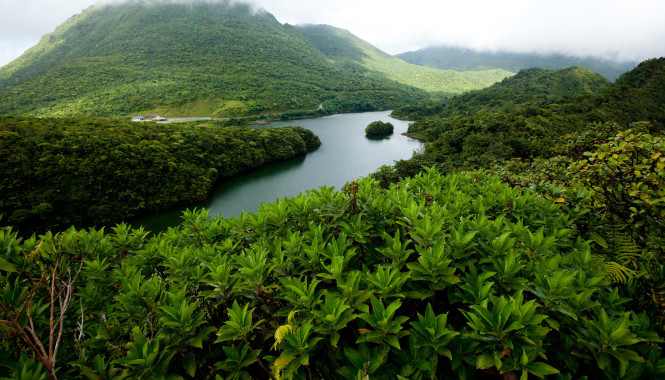
3 Rivers is an award winning ecotourism lodge in the southeast of Dominica that opened in 2002. The founder was impressed by the welcome reception of guests in the area and observed how it could enhance visitor enjoyment. It also had potential to generate additional income for local families. This sparked the idea of introducing an authentic Dominican adventure for guests, which was referred to as a “Community Life Package” that was established with the villagers in the area.
The “Community Life Package”, takes visitors on a cultural adventure as they learn hands on activities such as harvesting dasheen and how to cook callaloo soup or harvesting coconut and bamboo to make crafts.

During the development process, a meeting was held between 3 Rivers and the Grand Fond Village Council to discuss possible tourism activities in the community. Originally, villagers thought they had to create a new tourism activity to be staged for visitors.
Following sensitization, it was agreed that emphasis would be placed on every day activities to portray the authentic insight into village life, as opposed to creating staged activities. The community came up with a list of potential attractions that formed the package and 3 Rivers provided basic hospitality training.
Key takeaway
The key lesson here is that when all potentially impacted stakeholders are included in the tourism development discussion, the results end up being a “good for us and better for all” outcome.
Management of the assets that attract visitors
What is involved?
Adventure destinations should also establish policies that safeguard the three assets that adventure tourists value most—natural, cultural, and adventure resources. According to the Adventure Travel Trade Association’s (ATTA) “2016 Industry Snapshot”, the desire for customized experiences ranks high in demand, and cultural activities scored highly on regional lists.
National authorities should regulate commercial activities in areas of great cultural value and natural beauty to ensure these activities do not reduce the quality of the tourism experience.
Saint Lucia example
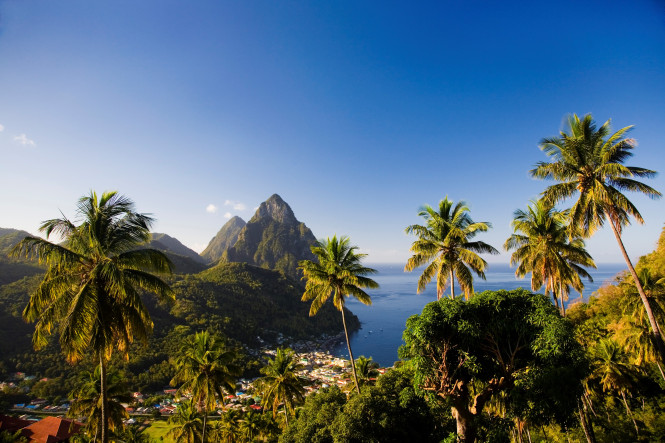
Snuggled between the towns of Gros Islet and Soufriere, a lively event takes place that is a must do for visitors. An event known as Anse La Raye Seafood Friday (ALRSF) provides a truly unique Saint Lucian culinary adventure for patrons. Visitors are amazed as the synergies of flavorful succulent conch, pelagic fish, and juicy lobster dance around on their palates. The rationale for developing this event was to diversify Saint Lucia’s tourism product and spread its benefits throughout the community. At the request of local government authority, the Saint Lucia Heritage Tourism Program (SLHTP) facilitated its development and launched the event during 2002.
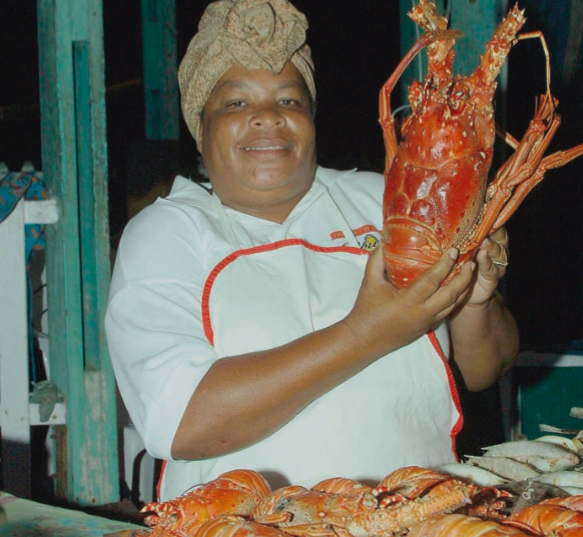
Initially the Village Council and Vendors’ Association had the responsibility of managing the ALRSF. Concerns over organizational weakness and political divisions were resolved by strong community leadership and a new entity, the Anse La Raye Seafood Friday Committee, consisting of council and association members including 5 other community representatives managing the event. The committee receives a fixed sum from each vendor for administration, musical entertainment, lighting, solid waste management and security.
The Fisheries Division also introduced initiatives to sensitize local fisher folk and vendors about the sustainability of harvesting certain marine species to supply the ALRSF, which resulted in the implementation of a closed lobster season. Food safety and waste disposal measures have also been introduced through training, protective clothing, garbage bins and improved storage.
Key takeaway
The main lesson here is that if we don’t ensure the proper management of our environmental assets, which are key components of our tourism product, we could be sowing the seeds of our own destruction.
Accurate and innovative marketing
What is involved?
Tourism marketing plays an important role in promoting the image and perception of a country. It should be honest and accurately manage the expectations of visitors. Destinations can also use creativity to target adventure travelers in their messaging.
Belize example
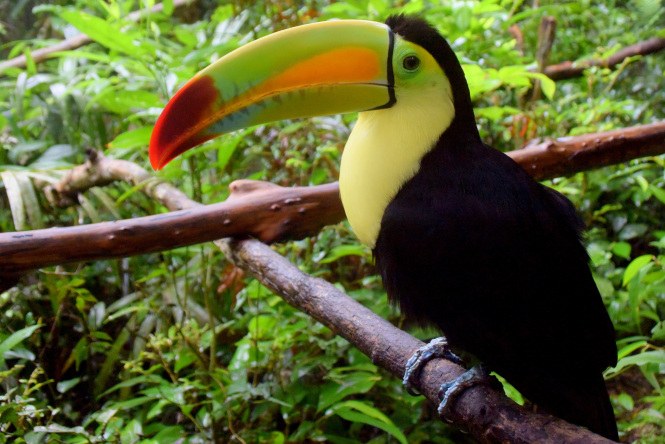
A few years ago, the Belize Tourism Board and its agency, Olsen, launched their “Discover How to Be” campaign that promoted new direct flights to the country as well as showcasing the types of cultural experiences available to visitors. Its messaging and imagery were shaped to capture the imaginations of tourists who sought off-the-beaten track adventures and authentic cultural interactions.
This article gives some insight on the creative reasoning for the campaign. “We set rules from the beginning—no honeymooners, no frozen drinks, nobody getting a massage by the pool,” said Kevin McKeon, chief creative officer at Olson. “We want to go for someone who’s a little more ambitious about what they’re looking for in a vacation. The takeaway is you’re going to meet some fascinating people and come back with a story you didn’t expect to have.”
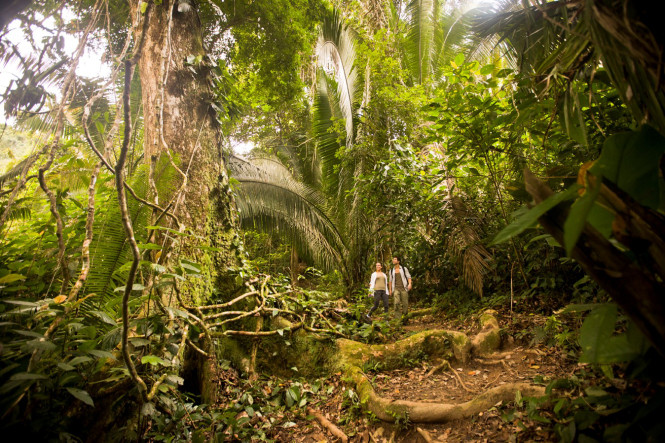
Another segment of the campaign, “A Curious Place,” which was launched in 2016, continues that theme. Videos portray a cacao farmer, a meat pie seller and “Coconut Leo,” a Belizean who climbs trees upside down and cuts down coconuts.
This campaign helped to change people’s perceptions, as it made Belize stand out in people’s minds as a favorable adventurous Caribbean destination. “Ads for beach destinations all tend to look the same,” McKeon added. “You rarely see a native. With the rise of Airbnb, people are looking for more interesting experiences when they travel. We thought, let the big guys fight it out for that honeymooner. We’ll take the other person who’s looking for something truly unique,” he said.
The authenticity of the campaign has helped Belize attract more visitors, said Karen Bevans, director of tourism at the Belize Tourism Board. “It tells a story, and it shows the true Belize, and that it’s different than any other destination,” she said. “The locals are so passionate about their country, and that adds to the campaign because you can see their passion.”
The strategy was successful, as the campaign helped to boost travel to Belize, raising the country’s GDP by 2.24 percent according to the Central Bank of Belize.
Key takeaway
The lesson learned here is that pumping some innovation into your marketing campaigns can help with tapping into new markets while enforcing a positive perception of your destination in the minds of others.

